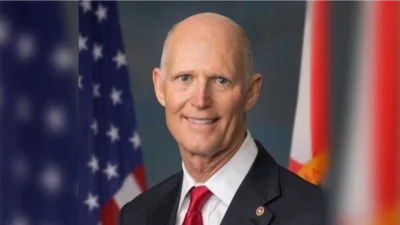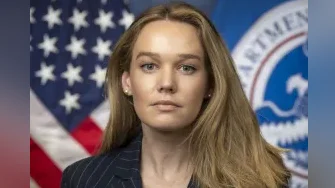FOR IMMEDIATE RELEASE TUESDAY, MAY 17, 2005 WWW.USDOJ.GOV AG (202) 514-2008 TDD (202) 514-1888 WASHINGTON, D.C. - Attorney General Alberto R. Gonzales signed a final rule implementing provisions of the Child Protection and Obscenity Enforcement Act, the Justice Department announced today. The rule requires producers of sexually explicit material to maintain records proving that performers in those depictions are not minors. It will be published in the Federal Register.
Minors are incapable of consenting to perform in sexually explicit depictions and are often forced to engage in sexually explicit conduct. For these reasons, visual depictions of sexually explicit conduct that involve persons under the age of 18 constitute illegal child pornography. The record-keeping requirements, codified at 18 U.S.C. § 2257, are crucial to preventing children from being exploited by the production of pornography. Violations of the requirements are criminal offenses punishable by imprisonment for up to five years for a first offense and up to 10 years for subsequent offenses.
The rule signed today updates the section 2257 regulations and establishes a more detailed administrative inspection system designed to enable the federal government to ensure that children are not exploited in the production of pornography. For example, the rule ensures that the definition of pornography producers includes producers of visual depictions of sexually explicit conduct published on the Internet. It also clarifies the means by which a producer must verify the identity and age of each performer and the manner in which records of these verifications must be kept. Additionally, the final rule establishes a detailed structure for conducting administrative inspections of pornography producers records to ensure that children are not being used as performers in sexually explicit depictions.
Although regulations implementing section 2257 were first published in 1992, the proliferation of pornography on the Internet required that the regulations be updated and strengthened. In addition, Congress recently made extensive amendments to the child exploitation statutory scheme in the Prosecutorial Remedies and Other Tools to End the Exploitation of Children Today (PROTECT) Act, which President Bush signed into law in 2003. 05-272
Source: US Department of Justice








